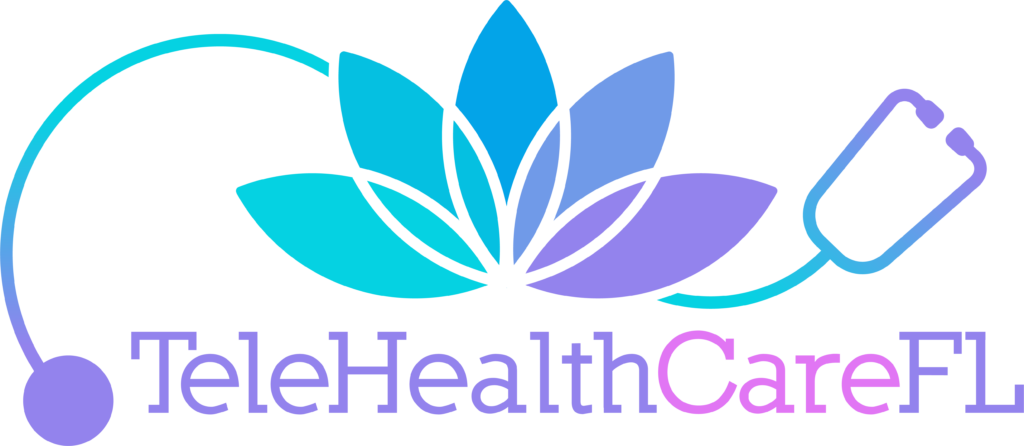What is the Difference Between Telehealth and Telemedicine?

Last Update
The field of medicine has evolved and grown with the world around it, creating new ways in which we receive our care and interact with medical professionals. One of these ways is the advent of telemedicine, in which a patient receives care at a remote location over a video or telephone connection, a service contained within the broader field of telehealth, which provides all of the administrative and supportive aspects of the healthcare field. In this article, we’ll cover some of the defining characteristics of the two fields, as well as some pros and cons of both.
Telemedicine vs Telehealth
Through the Covid pandemic, we all got used to using video calls to perform what used to be ordinary functions of our lives. Many people saw their doctors’ visits transition to remote or video conferences, to slow the spread of the disease. This is a form of telemedicine, and it provides numerous benefits, as well as drawbacks, to in-person medical visits.
Supporting the field of telemedicine is a litany of professionals, who perform functions known as telehealth. This can encompass all the necessary supportive aspects of telemedicine that must be performed alongside direct patient care. Some of these tasks are:
- Doctor or provider training
- Administrative meetings and support
- Continuing medical education
While many use the term telehealth to encompass clinical care as well, it’s important to note the distinction between the terms. It may seem like they are synonyms, but telehealth can be understood more effectively as the “back of the house” that supports and scaffolds the “front of the house” direct care provided by telemedicine.
Pros and Cons of Telemedicine
The ubiquitous video calls we all got used to during Covid were certainly more convenient and easy than leaving the house. However, in the field of medicine, that convenience could make the difference between life or death, or access to critical care or not. The accessibility and convenience of telemedicine are a huge benefit for some of the most vulnerable in society.
In addition, there are other benefits as well. Employers find it cheaper to run telemedicine visits, as the operating and overhead costs of the building are lowered. In addition, there can be better access to specialists, and some providers report increased patient engagement due to the online format.
However, this type of medicine is not without downsides, as well. NPR reports that almost two-thirds of the population would prefer an in-person appointment. This is mainly due to increased personal connection and feeling that matters are taken and addressed more seriously and urgently in person than online.
Telemedicine can lead to reduced care continuity as well, where a patient can feel like they are merely seeing a rotating and shifting cast of disconnected online personas, rather than a person who they meet regularly and feel is taking their care seriously. The technical training and equipment that telemedicine needs require extensive training, and are prone to malfunctions. Sometimes, video health conferences can lead to confusion when it comes to billing and insurance issues.
Overall, do the benefits outweigh the downsides? The answer varies from person to person, but video health conferences seem to be here to stay, at least alongside in-person doctor visits. In the court of public opinion, the convenience and accessibility seem to have won out over the potential loss of personal connection and communication.
Pros and Cons of Telehealth
Telehealth as a wider, more administrative field, divorced from clinical aspects of patient care covered under telemedicine, adapts well to video or remote work. Fields like this that are already largely technology and office-based, revolving around meetings and conferences, can work well in a technological and remote environment.
Most importantly, this supportive field doesn’t have to worry about the personal touch required of telemedicine, in which the doctor must personally interact with their patients. This personal touch can have a profound and powerful effect on the healing process of patients.
Some of the cons of remote telehealth work could be a loss of personal interaction with the staff and potential decreased productivity. Many companies, since the Covid pandemic, have found that a mixed or partial remote/in-person work environment facilitates a high level of employee satisfaction and productivity.
Best of Both Worlds
Like most things in our world, different types of medical treatment will work best for different people. Some will never give up the personal connection, but others may have found an answer to their problems in remote medical visits. For those with mental health issues like agoraphobia or even just anxiety, leaving the house can be an arduous and difficult process.
If history has shown us one thing, it’s that the changes wrought by technology are here to stay. The way we interact with people and the world around us has evolved, and doctor’s visits and medicine are no exception. Telemedicine and telehealth can lead to a healthier, more accessible, and more inclusive world for us all.



